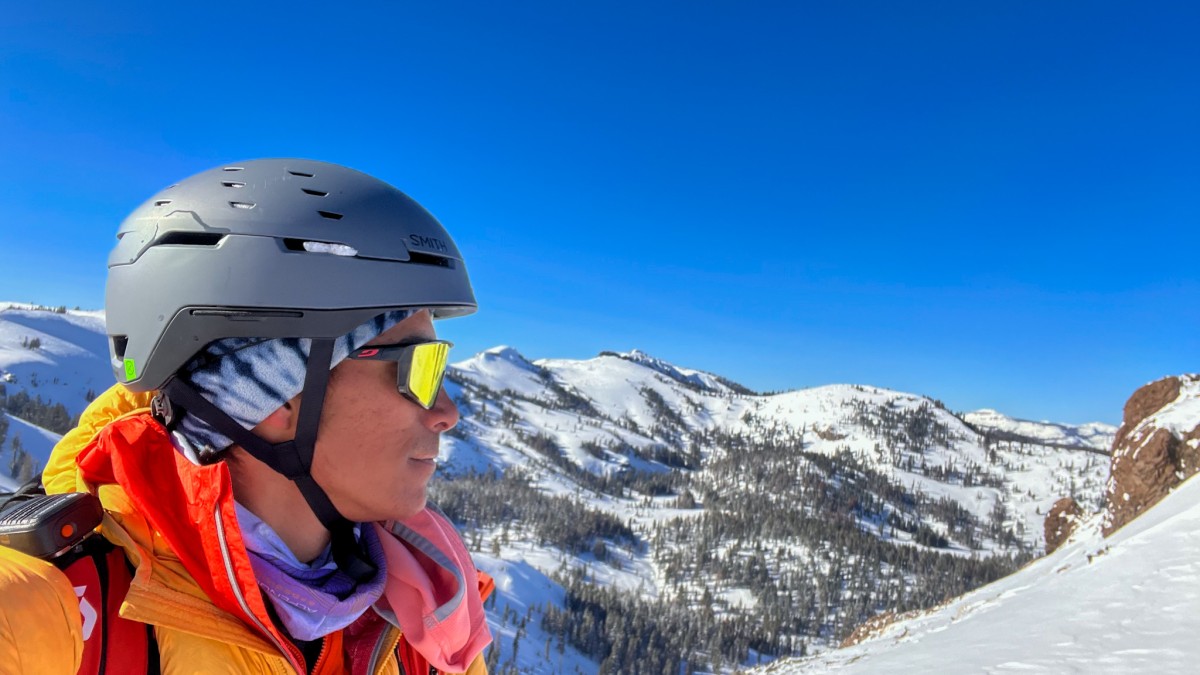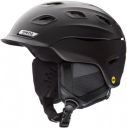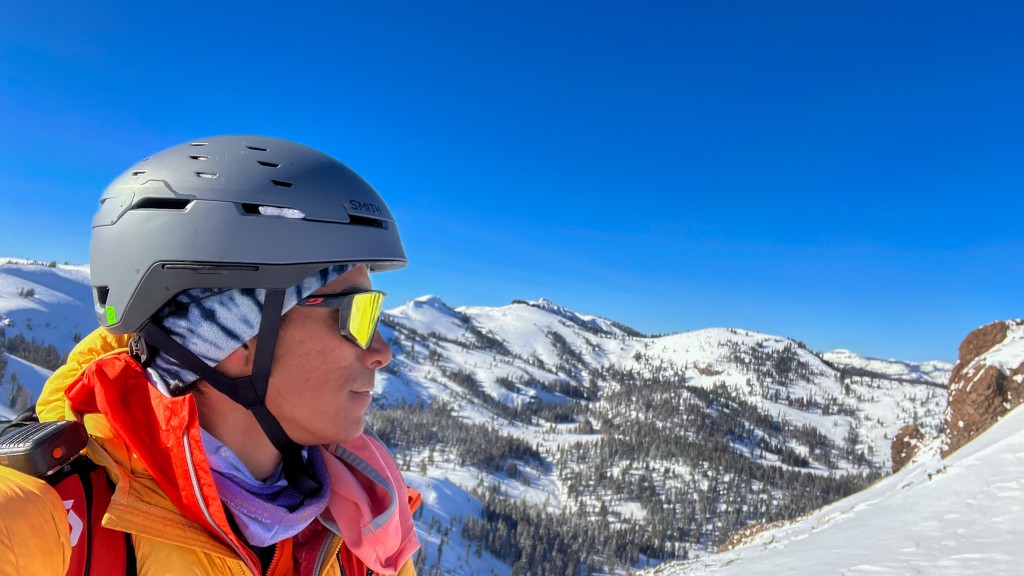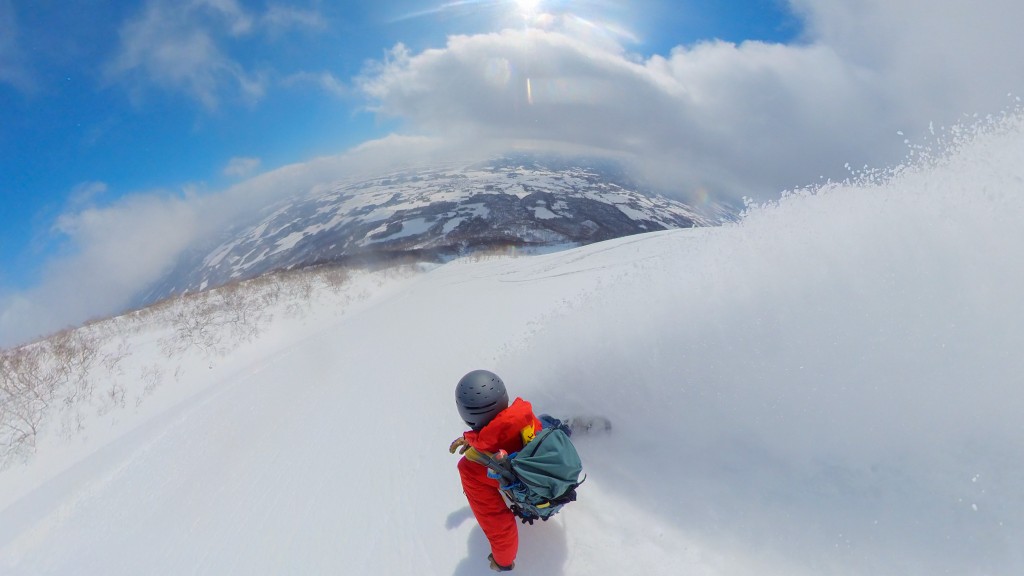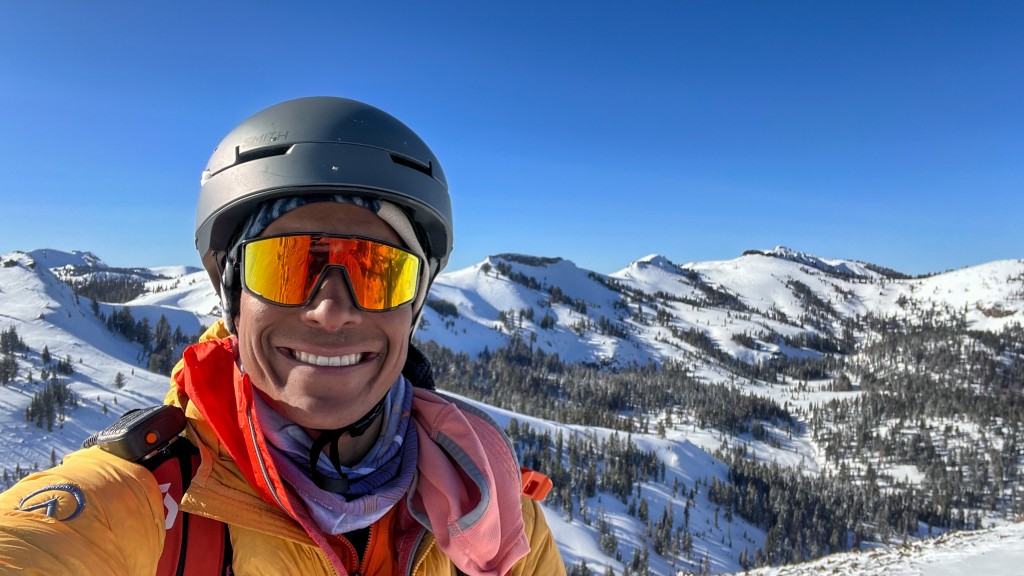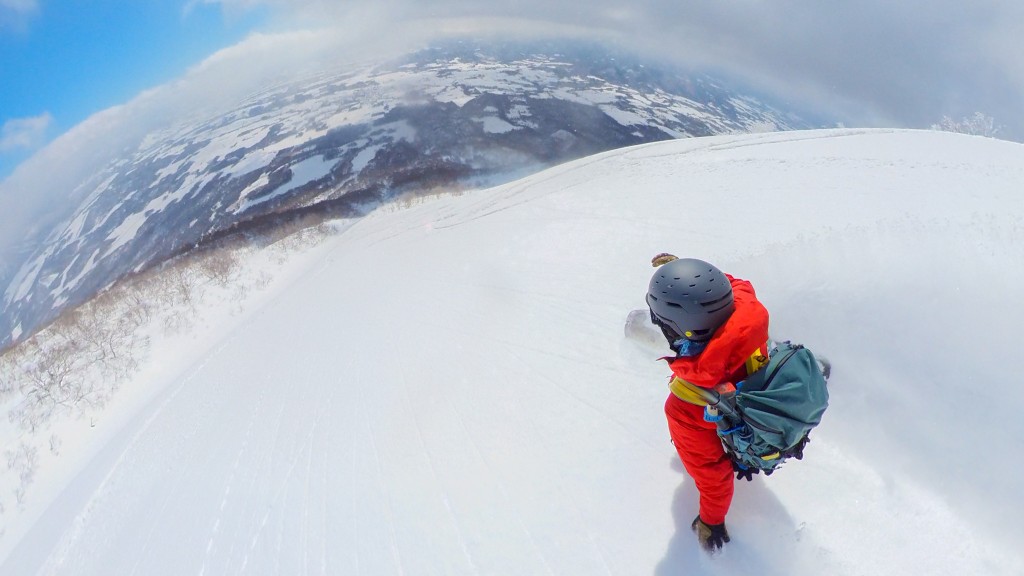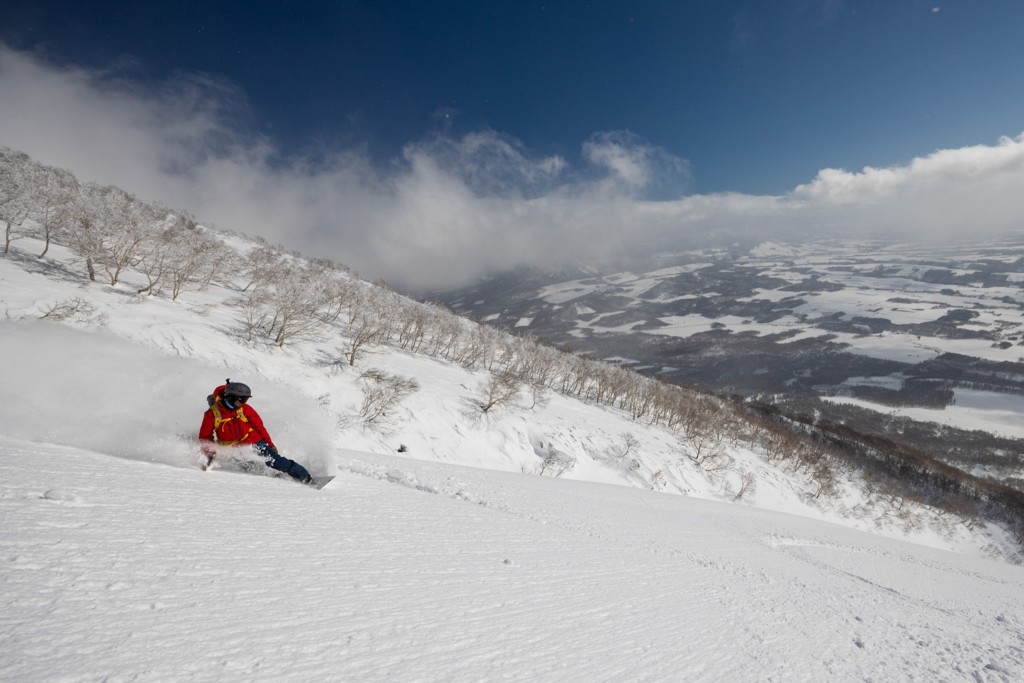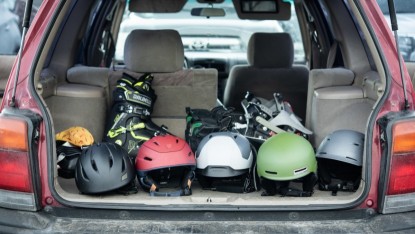Our Verdict
Compare to Similar Products
 This Product
Smith Summit MIPS | |||||
|---|---|---|---|---|---|
| Awards | Best for Ski Touring and Mountaineering | Best Overall Ski and Snowboard Helmet | Best for Freestyle Skiers and Riders | Best Bargain for Resort //and// Backcountry Use | Best Bang for Your Buck |
| Price | $138.00 at Evo Compare at 4 sellers | $108.00 at Evo Compare at 4 sellers | $119.83 at REI Compare at 4 sellers | $56.00 at Evo Compare at 4 sellers | $99.95 at Backcountry Compare at 3 sellers |
Overall Score  |
|||||
| Star Rating | |||||
| Bottom Line | Our test team's favorite for backcountry use | A top shelf helmet for the die-hard skier | A freestyle-oriented helmet that doesn't skimp on protection and user-friendly features | One helmet for your resort and backcountry endeavors that won't break the bank | A value that few models are able to provide |
| Rating Categories | Smith Summit MIPS | Smith Vantage MIPS | Anon Logan WaveCel | Smith Mission MIPS | Giro Ratio MIPS |
| Comfort (25%) | |||||
| Warmth (25%) | |||||
| Ventilation (20%) | |||||
| Weight (10%) | |||||
| Goggle Compatibility (10%) | |||||
| Style (10%) | |||||
| Specs | Smith Summit MIPS | Smith Vantage MIPS | Anon Logan WaveCel | Smith Mission MIPS | Giro Ratio MIPS |
| Measured Weight (in ounces) | 15.8 oz | 17.7 oz | 17.1 oz | 16.9 oz | 21.7 oz |
| Rotational Impact Protection System | MIPS | MIPS | WaveCel | MIPS | MIPS |
| Adjustment System | BOA 360 Fit System | Boa Fit System | 360° Boa Fit System | Adjustable Dial Fit System | In form dial |
| # of Vents | 33 | 20 | 10 | 18 | 10 |
| Number of Sizes | 4 | 3 | 4 | 4 | 4 |
| Removable Ear Covers | No ear covers | Yes | Yes | Yes | Yes |
| Goggle Attachment | No | Yes | Yes | Yes | Yes |
| Visor | No | No | No | No | No |
| Audio Compatibility | No | Yes | Yes | No | Yes |
| Certifications | ASTM F 2040, CE EN 1077:2007 Class B, EN 12508 | ASTM F 2040, CE EN 1077 Class B | CE 1077B & ASTM 2040 | ASTM F 2040, CE EN 1077:2007 Class B | CE EN 1077 |
Our Analysis and Test Results
The Smith Summit is one of the preferred helmets for ski touring and ski mountaineering on the market. This lightweight helmet is built with thoughtful features that help its performance, specifically in the backcountry, such as the flexible cord BOA system that is lower-profile and more durable, a pack attachment system to facilitate carrying, good ventilation, and triple certification for skiing and mountaineering use.
Performance Comparison
Comfort
Smith produces some of the most popular helmets amongst skiers and riders, largely due to their helmets' overall comfort and versatile shape. The Summit follows suit here and is a comfortable product — so much so that it's easy to forget you're even wearing it. So comfy that there were multiple transitions where our testers forgot to remove the helmet before walking, only to realize halfway up the skin track when they saw their shadow.
The Summit uses an in-mold construction to achieve a low profile and light weight, making it easy to wear for the descent or climb if there is an overhead hazard. Adding Koroyd further decreases the weight while maintaining the protection value of the helmet compared to EPS Foam. The flexible BOA adjustment system dramatically improves the ability to pack this helmet without fear of breaking a thin yet critical plastic piece on the adjustment harness. Members who have had this issue deeply appreciate the functionality of this system. The harness provides a large adjustment range to fit different head shapes and sizes. However, the helmet's shape best suits rounder heads. Testers with oval-shaped heads had extra space next to the temples. This only affected the aesthetic of the helmet as it looked bigger on these individuals and remained comfortable. The ride quality remained unaffected as the harness provides a flexible and snug fit across all head shapes.
Warmth
The Smith Summit is designed as a helmet for ski touring and mountaineering. The needs of these users differ from those of a resort rider, specifically the reduced need for warmth. As such, it is essentially just a shell, and it is designed to be worn with the included skull cap or other hat underneath.
The Summit only uses a thin liner to enhance comfort rather than provide warmth. The design is intended to capitalize on the headwear and insulation that people already have in the field with them. Expect to wear this helmet with a warm but thin beanie when it's cold, or with a brimmed hat on those sunny, warm days. Smith provides a basic, thin skull cap with the product, which is comfortable and provides an appropriate amount of warmth for ski touring.
Ventilation
This test metric is of more importance for the ski mountaineer or backcountry enthusiast. Climbing up terrain that has exposure to objective hazards like rockfall and icefall warrants moving uphill with your helmet on. The helmet's ventilation system is a strategic design that determines your quality of experience throughout the climb. The Smith Summit offers ample ventilation that is suited for the rider who expects to climb uphill while wearing the helmet.
The product features 33 medium-sized vents that offer plenty of airflow to the front, top, and side of the helmet. The brow vents help provide airflow to your goggles to reduce fogging potential. Our test team thoroughly dislikes traveling uphill in most helmets but often found ourselves skinning uphill, making it 1000 vertical feet, and forgetting that the helmet was still on. This was a testament to the ventilation system and the comfort of this lightweight lid.
Weight
For larger ski touring and ski mountaineering missions, weight and pack size become a variable most try to control strategically. The Smith Summit is a very lightweight helmet suited for short or long tours or big objectives where low weight is a concern.
This helmet weighs 15.8 ounces (448 grams). The molded construction creates a lower profile and more lightweight shape. The addition of Koroyd and flexible BOA system help contribute to this. These added features, lighter weight, and lower profile almost made our heads feel naked — but still protected. The lightweight also minimizes the weight penalty when touring in the backcountry.
The Summit has a built-in helmet-carry system that uses two bungee cords on the side of the helmet that attaches to carabiners on the daisy chains of a backpack. This system is secure but can be a little fiddly to utilize with thicker gloves on.
Goggle Compatibility
The intersection between your goggles and helmet is essential to minimize fogging, increase warmth, and keep your kit looking stylish.
The Smith Summit provides a smooth intersection between the helmet and goggles. The thickness of your headwear largely dictates the fit quality. Its shallower fit supports thin headwear the best, while thicker beanies make the helmet sit higher on your head and often create a goggle gap — which could be said for most helmets.
When used with a light to medium-weight beanie, the fit is unimpacted, and the helmet has a seamless fit with the goggles. The helmet doesn't have a goggle strap retainer. In the field, we commonly put the goggles underneath the helmet due to the lack of a retainer strap.
Style
Ski touring and highly ventilated helmets have commonly sacrificed style. The Smith Summit looks great in our opinion and has a more “normal” look when compared to our backcountry-specific models.
The low-profile helmet uses discreet yet effective vents to maintain a modern and sleek aesthetic. This model is available in five colors as of the date this article was published. In our polls, this model commonly topped the charts for helmets with lots of ventilation and is meant more for the backcountry ski user, but works just as great for a sunny spring resort day.
Should You Buy the Smith Summit?
The Smith Summit should be on the list for backcountry skiers and ski mountaineers. This helmet has third-party and valuable protection technology like MIPS and Koroyd. If you are looking for a well-ventilated, lightweight, and aesthetically pleasing helmet for your backcountry adventures, we recommend this product.
What Other Ski Helmets Should You Consider?
If you're looking for a warmer and lighter helmet for backcountry skiing, then check out the Smith Mission. If you're looking for a more resort-oriented model, then consider the Giro Tor Spherical.


